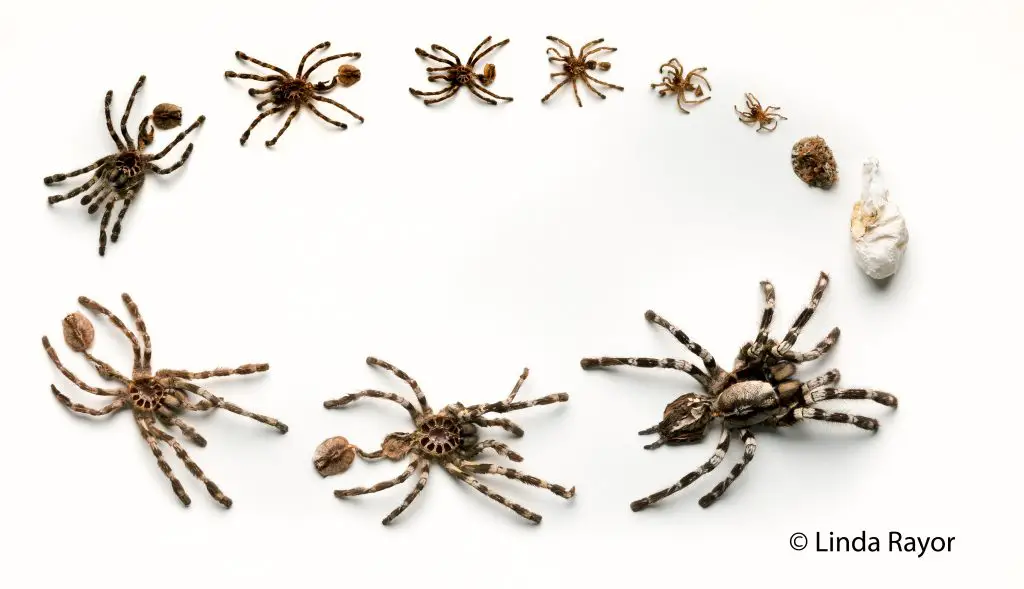Have you ever wondered why do spiders molt? Molting is an important process for all arthropods, including spiders. Through molting, spiders shed their old exoskeleton which allows them to grow and develop. It is an essential part of their life cycle, as it allows them to increase in size and develop new structures, such as longer legs or additional appendages. In this article, we will explore the mysterious world of spider molting, and find out why spiders molt and how this process works.
What is Molting?
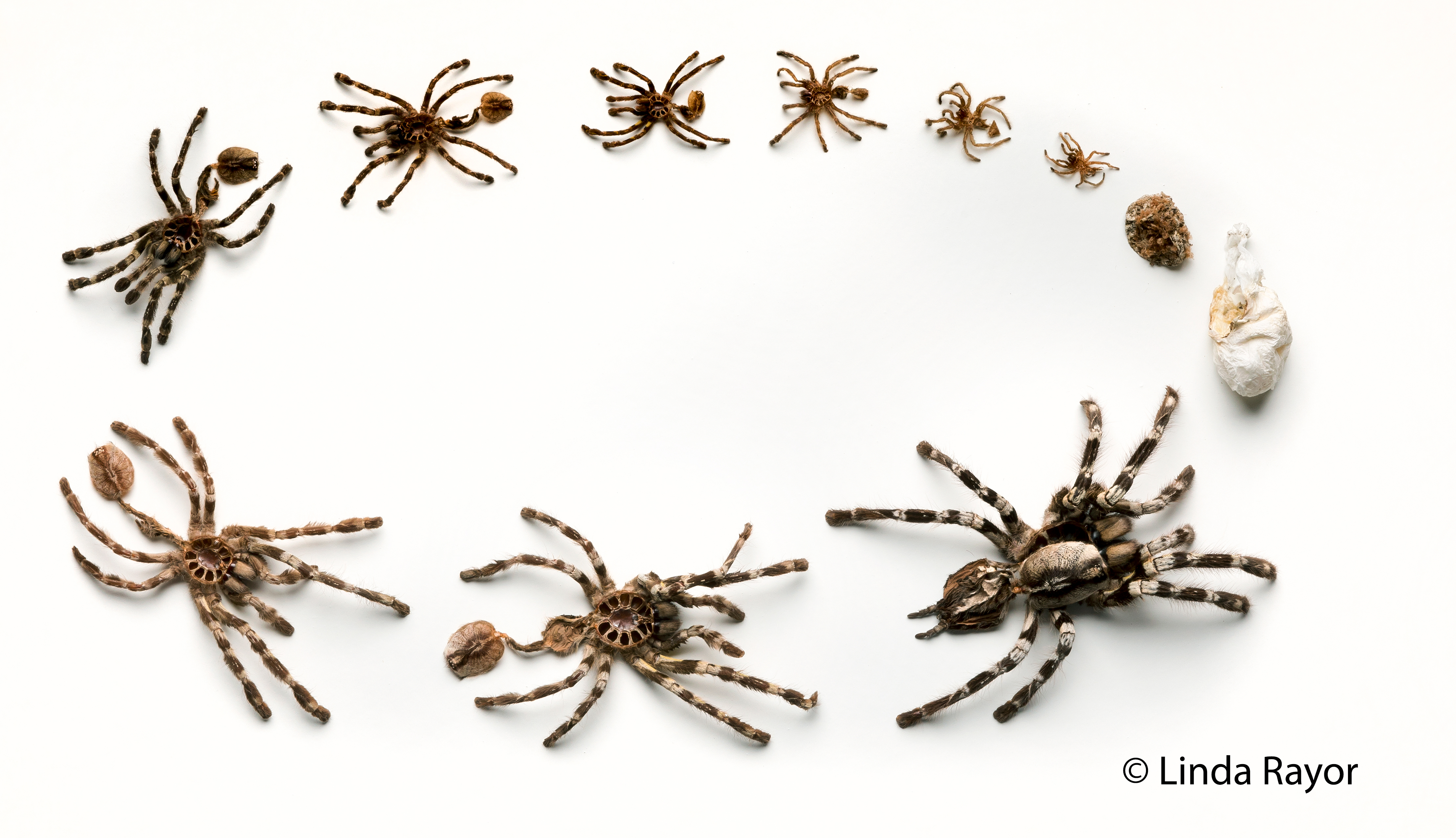
Molting is the process by which spiders shed their old exoskeleton and form a new one. This process of shedding and reforming the exoskeleton is referred to as ecdysis. Molting is an important part of a spider’s life cycle, as it allows the spider to grow and develop. During the molting process, the spiders secretes enzymes which help to break down the old exoskeleton and the new one is secreted underneath. After the new exoskeleton has hardened, the spider is able to move freely.
What Happens During Molting?

- A spider’s exoskeleton hardens, restricting its ability to grow.
- The spider produces a new layer of skin and separates the old, hardened layer from its body.
- The spider begins to swell and expand as the new layer of skin forms.
- The spider’s legs, mouthparts and other features become visible as the new layer of skin forms.
- The spider sheds the old, hardened skin and is left with a new, larger exoskeleton.
Molting is a process that all spiders must go through in order to grow. During molting, the spider sheds its old, hardened exoskeleton and forms a new, larger one. It is a time consuming process, but necessary for the spider to reach its full size and maturity.
Why Do Spiders Molt?
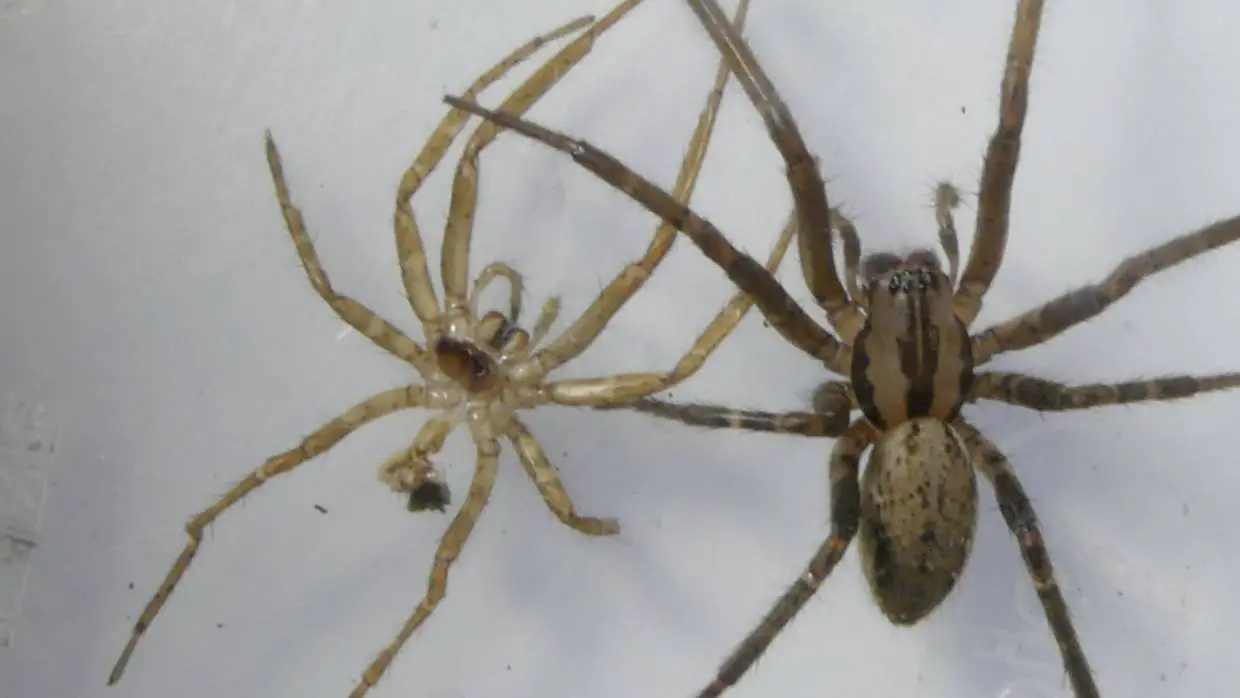
Spiders molt, also known as ecdysis, as part of their life cycle. It is a process which involves shedding their exoskeleton, a hard outer shell that covers their body and limbs. The exoskeleton is made up of a protein called chitin, which is a tough material that protects the spider from predators and other environmental factors. As the spider grows, it needs to shed its exoskeleton and form a new one in order to accommodate its increased size. During this process, the spider’s body expands, its limbs grow, and its eyes become larger. During the molting process, the spider must remain motionless in order to prevent damage to its new exoskeleton. If a spider is disturbed during the molting process, it may suffer fatal injuries. After molting, the spider is left with a new exoskeleton that is softer and more flexible than its previous one. This new exoskeleton will gradually harden over time and the spider will be able to move around freely. The molting process is essential for the growth and survival of the spider.
Frequency of Molting
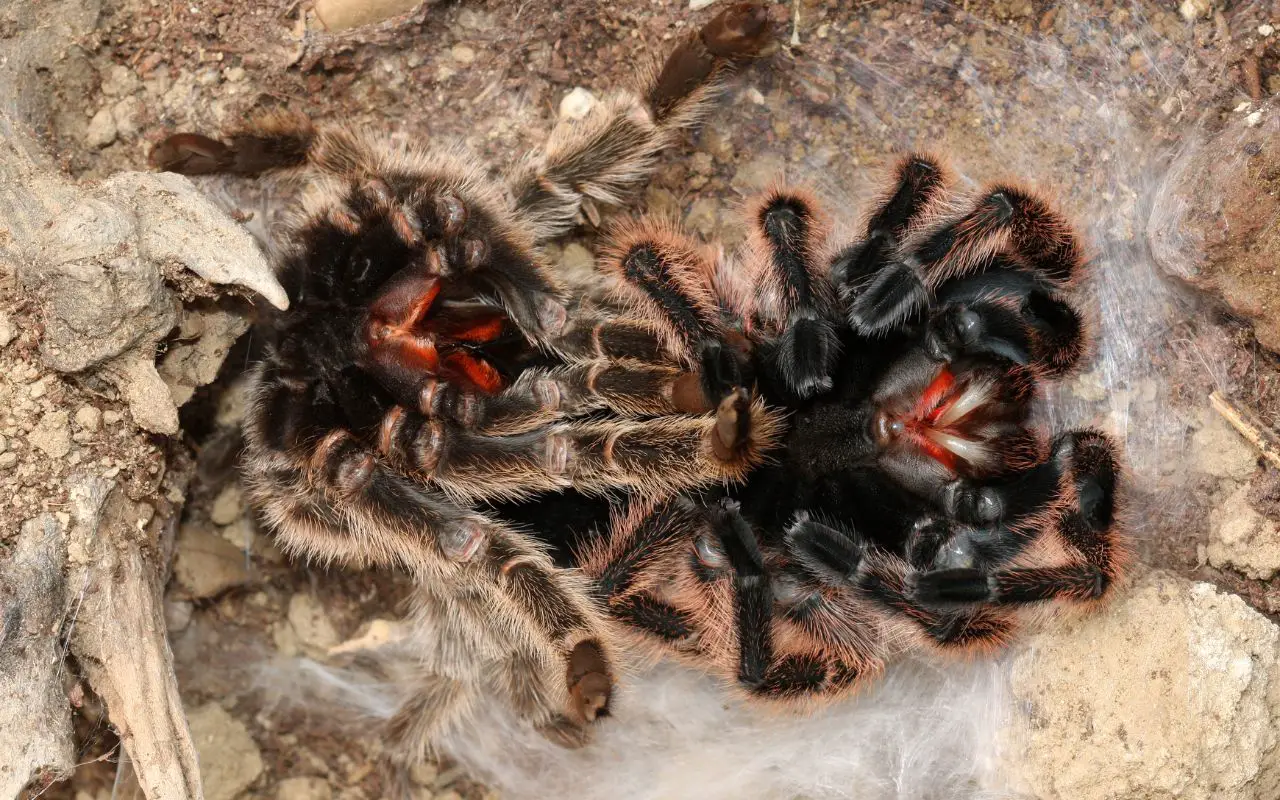
Spiders typically molt five to ten times during their lifetimes, depending on the species. Some species of spiders molt just one time, while others may molt up to twenty times. The frequency of molting depends on the size of the spider and its growth rate. Smaller species usually have shorter life spans and therefore molt more often.
Molting Process in Different Life Stages
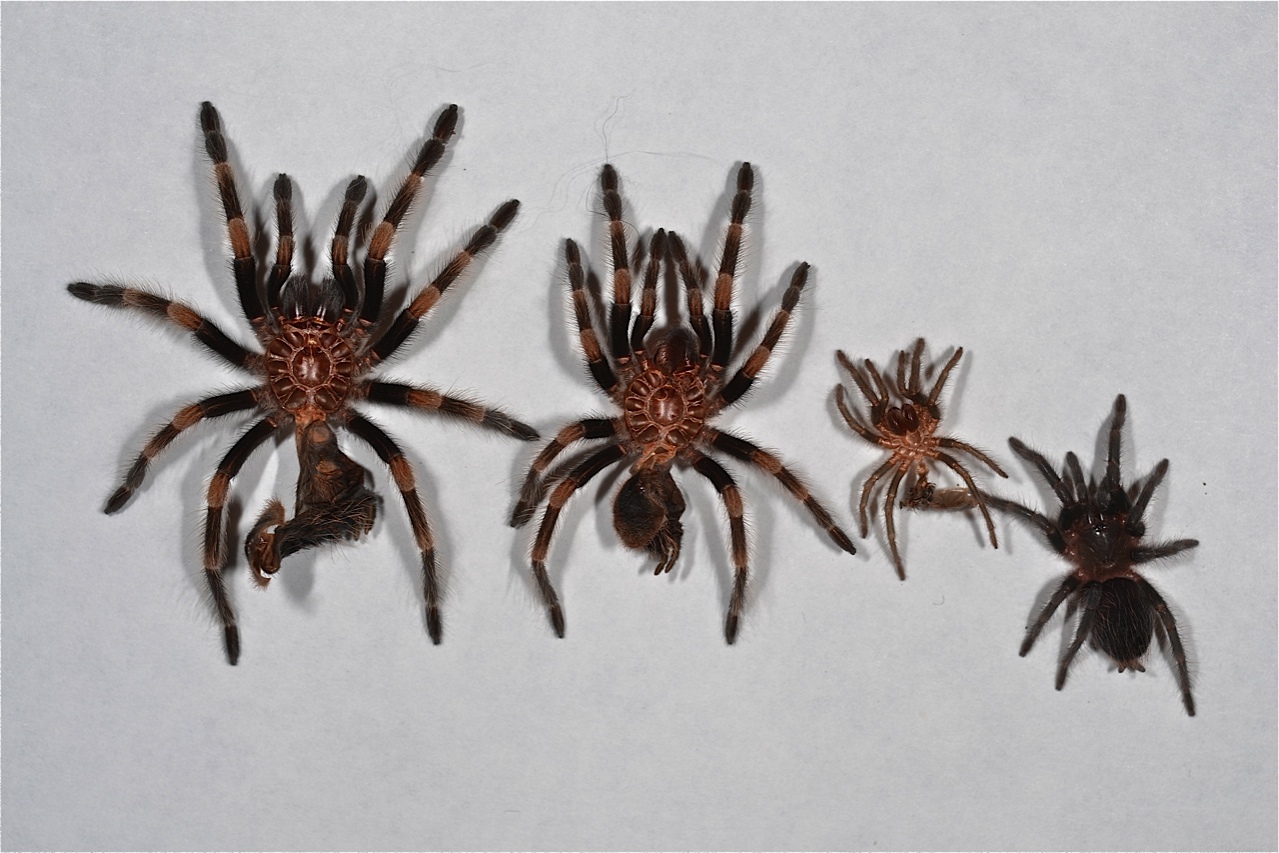
Spiders go through several molting processes throughout their life as a means of growth. During each molt, the spider sheds its old exoskeleton and forms a new one. This process can occur several times a year, depending on the species and the amount of nutrients available.
In the first life stage, the spider hatches from an egg and goes through its first molt. During this molt, the spider sheds its eggshell and forms a new exoskeleton, which is soft and delicate. After the first molt, the spider will begin to feed and grow, and will go through several more molts.
In the next life stage, the spider will go through several more molts in order to increase its body size and reach maturity. During each molt, the spider will shed its old exoskeleton and form a new one. The new exoskeleton will be thicker and more durable than the previous one. During this stage, the spider will also build up energy reserves for its next molt.
In the final life stage, the spider will go through a final molt. This molt is known as the “terminal molt”. During this molt, the spider sheds its old exoskeleton and forms a new one with a hardened surface. This hardened surface helps protect the spider from predators and other dangers. After the terminal molt, the spider will no longer molt and will remain in this stage until it dies.
Molting is an essential process for spiders as it allows them to grow, mature, and survive. It is a natural part of their life cycle and is necessary for their survival.
Effects of Molting
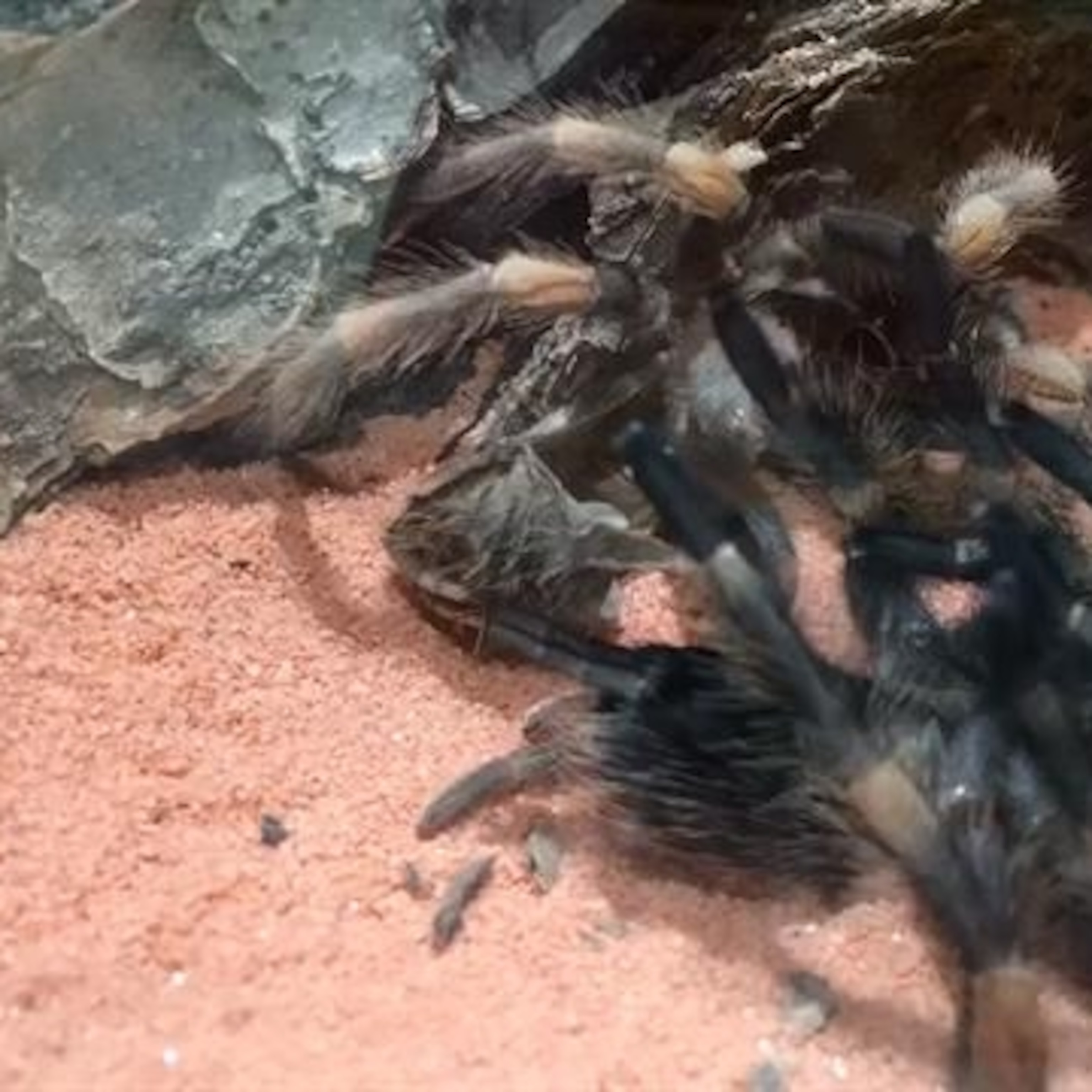
| Stage | Effects |
|---|---|
| Before Molting | The spider’s exoskeleton will become rigid and the spider will stop growing. |
| During Molting | The spider’s old exoskeleton splits and is shed, revealing a soft and vulnerable new exoskeleton underneath. |
| After Molting | The spider’s new exoskeleton hardens and the spider grows. The spider also gains a new set of senses, a better ability to catch prey, and an improved ability to defend itself. |
Molting is an essential process for spiders, as it allows them to grow, gain new senses, and protect themselves better. The process can be divided into three stages: before molting, during molting, and after molting. Before molting, the spider’s exoskeleton will become rigid and the spider will stop growing. During molting, the spider’s old exoskeleton splits and is shed, revealing a soft and vulnerable new exoskeleton underneath. After molting, the spider’s new exoskeleton hardens and the spider grows. The spider also gains a new set of senses, a better ability to catch prey, and an improved ability to defend itself.
Molting and Spider Behavior
Spiders molt to grow and develop. It is an essential part of their life cycle. During the molting process, spiders shed their old exoskeleton, which is replaced by a new, larger one. This process allows spiders to increase in size and develop new features. Molting is usually triggered by changes in the spider’s environment, such as increased humidity or temperature.
Molting can also affect the behavior of spiders. Newly molted spiders may be more active and aggressive, as they are adjusting to the new exoskeleton. They may also be more sensitive to stimuli, such as vibrations, light, or sound. As a result, spiders may be more likely to respond to potential threats.
| Behavior | Pre-Molt | Post-Molt |
|---|---|---|
| Activity Level | Low | High |
| Aggressiveness | Low | High |
| Sensitivity to Stimuli | Low | High |
Molting can also affect the spider’s diet. Newly molted spiders tend to be more active predators, as they are able to move more quickly and have a better sense of their environment. They may also be less selective in their diet, consuming a wider variety of prey.
Molting is an important part of a spider’s life cycle, and it affects the spider’s behavior and diet. Spiders that have recently molted may be more active and aggressive, as well as more sensitive to stimuli. They may also be more likely to consume a wider variety of prey.
Molting and Spider Health
- Molting is an important process for a spider’s health.
- Molting helps the spider to grow and shed their exoskeleton for a larger size.
- Molting also helps to replace worn out parts of the exoskeleton, repair any damage and replace any lost appendages.
- In addition, molting is a way for spiders to get rid of parasites and disease.
- Molting also helps to replenish the spider’s energy reserves.
Frequently Asked Questions
How does spider molting help them survive?
Molting helps spiders to grow, enabling them to reach adulthood and reproduce. It also helps to renew the spider’s exoskeleton, which provides protection from the elements and predators. The new exoskeleton helps the spider to move more efficiently and to capture prey. Molting also helps to maintain the spider’s flexibility, as the new exoskeleton is more elastic than the old one. Finally, molting helps spiders to regulate their body temperature, as the new exoskeleton is better at insulating the spider from cold and hot temperatures.
What Does it Look Like When a Spider Molts?
A spider molt is the process of shedding their outer exoskeleton. The spider will appear to be lifeless as it hangs upside down, gripping the surface with its legs. Its old exoskeleton will split down the middle of the abdomen and the spider will slowly emerge from inside, using its hind legs to push itself out. After the spider has emerged from its old exoskeleton, it will be soft and pale. Over the course of a few hours, its new exoskeleton will harden, allowing the spider to become more active.
Are there any risks associated with spider molting?
During molting, spiders are vulnerable to predation, as they are unable to move quickly or defend themselves. Molting can also take a toll on the spider’s health, as they must expend a lot of energy to produce the new exoskeleton. If the process is not completed properly, the spider may be left with a weakened or misshapen exoskeleton, which can affect their ability to hunt and survive.
What is the Purpose of Spider Molting?
Molting is a process that spiders go through as they grow. During this process, they shed their exoskeleton and form a larger new one in its place. This is necessary because spiders, like other arthropods, have hard exoskeletons that don’t grow with them. Molting allows them to increase in size and reach their full potential. Additionally, it helps them to repair any damage to their exoskeleton and allows them to replace lost legs.
How Does Molting Help Spiders Grow and Develop?
Molting is an essential process for spiders as it helps them grow and develop. During molting, spiders shed their exoskeleton in order to make room for new body parts as they grow. The new exoskeleton is usually softer and more flexible before it hardens, allowing the spider to move and grow more easily. Additionally, molting helps spiders replace worn-out parts of their exoskeleton in order to maintain their overall health. By shedding their old exoskeleton, spiders can better protect themselves from predators and other environmental hazards. Overall, molting is a necessary process that allows spiders to grow, develop, and protect themselves.
Conclusion
Molting is an essential part of the spider’s life cycle, enabling them to molt and grow new exoskeletons as they mature. Molting is also necessary for spiders to survive, as it helps them to stay mobile, to hunt and to protect themselves from predators. Molting is a complicated process that requires careful timing and the right environmental conditions for a successful molt. Spiders’ ability to molt and to increase in size is an amazing evolutionary adaptation that allows spiders to survive in a variety of environments.

